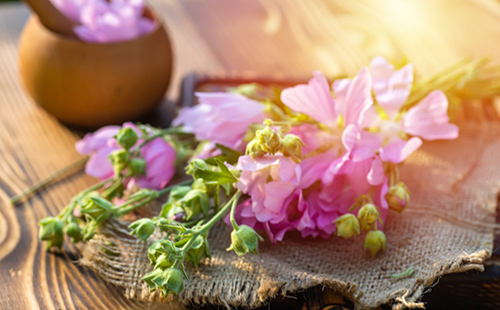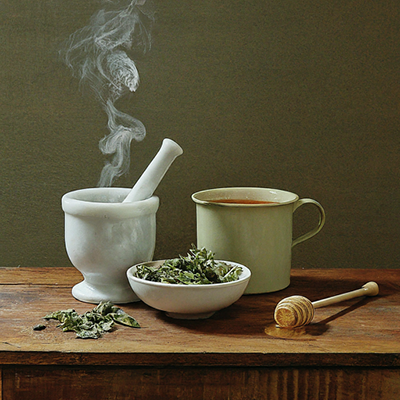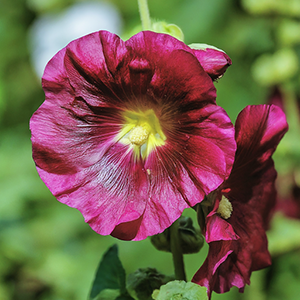Contents
The high mallow plant symbolizes sweetness and calmness, which the Greeks already knew more than 2000 years ago. Hippocrates recommended it as an emollient and laxative herb, two properties that have been proven and are still used.

High Mallow Scientific Facts
- Scientific Name – Malva silvestris L.
- Other Names – Mallow, cheeseflower, common mallow, country mallow.
- French – Mauve, fromageon.
- Spanish – Malva, malva real.
- Environment—It is common along roadsides and in wet fields all over Europe. It was naturalized in America, especially in the United States and Mexico.
- Description—This biennial plant of the Mauvaceae family grows from 20 to 70 cm high. Its bright purple flowers have five petals.
- Parts of the plant used medicinally – The flowers and leaves.
Common Mallow Healing Properties

The entire plant, especially its flowers and leaves, contains a lot of mucilage. The flowers have a coloring hydrosoluble substance of the anthocyanin type.
Mucilage gives this plant emollient and laxative properties. It covers the mucosa with a dense layer, thus protecting the membranes from irritative agents. The use of high mallow is recommended in the following cases:

- Chronic constipation is a non-aggressive laxative, lubricating the intestinal tract even in large doses. It is particularly recommended for children and older people.
- Respiratory afflictions – It has antitussive and expectorant properties, thus being prescribed for colds, influenza, bronchitis, irritative or dry cough, and asthma.
- Afflictions of the skin and the mucosa – When applied locally, it helps heal pharyngitis, vaginitis, anal and rectal inflammation, eczema, acne, furuncles, and as a rule, all superficial irritation.
How to use High Mallow
- Infusion or decoction with 30 grams of flowers and leaves per liter of water. Drink three or four hot cups daily.
- Infusion or decoction – The same used internally, but slightly more concentrated, is also used externally in gargles, vaginal irrigation, enema, and compresses on the affected skin area.
DISCLAIMER: All content on this website is presented solely for educational and informational objectives. Do not rely on the information provided as a replacement for advice, diagnosis, or treatment from a qualified medical expert. If you are pregnant, nursing, or have any preexisting medical concerns, talk to your doctor before using any herbal or natural medicines.
REFERENCES
George D. Pamplona-Roger, M.D. “Encyclopedia of Medicinal Plants.” George D. Pamplona-Roger, M.D. Encyclopedia of Medicinal Plants. Ed. Francesc X. Gelabert. vols. 2 San Fernando de Henares: Editorial Safeliz, 2000. 511. Print.
